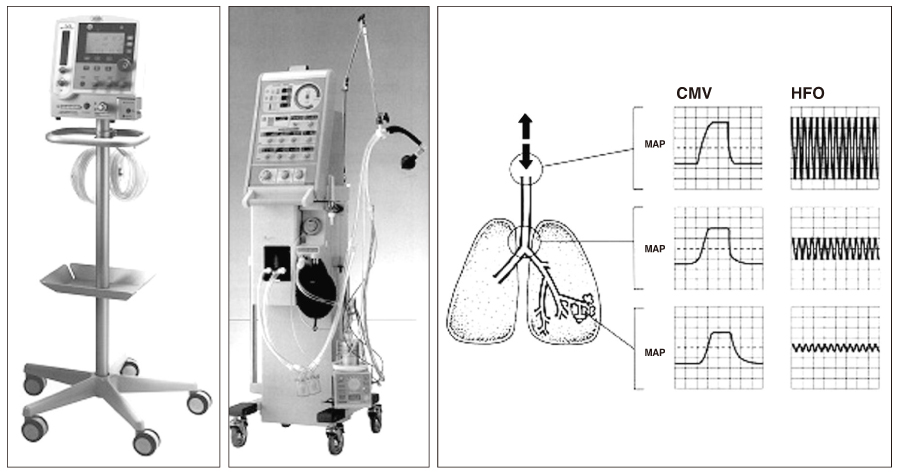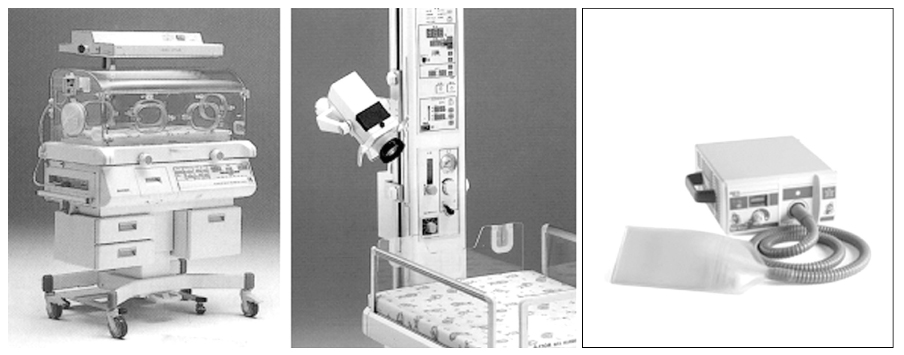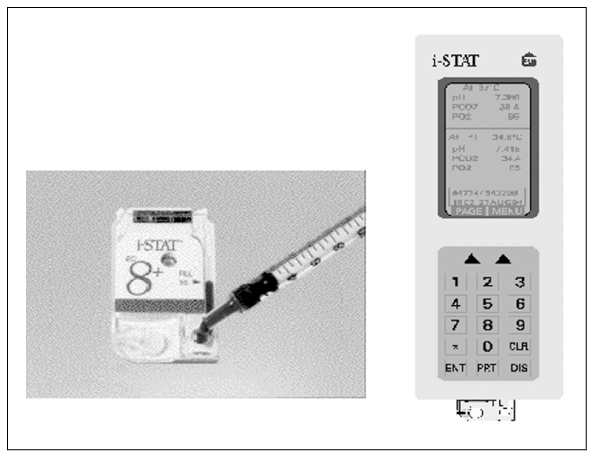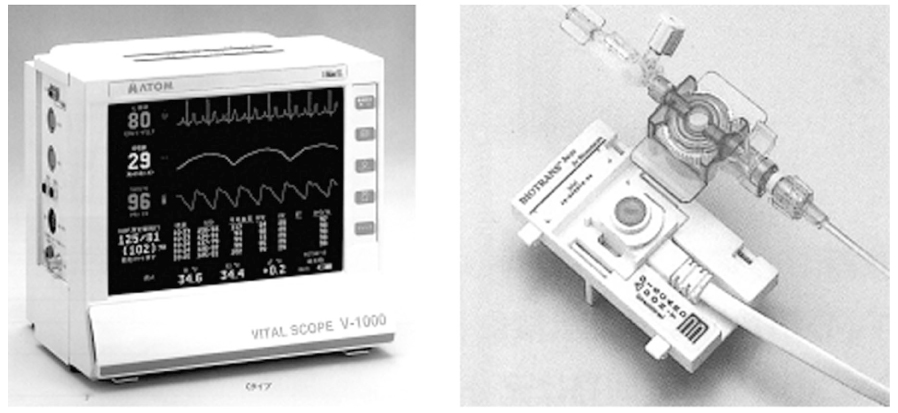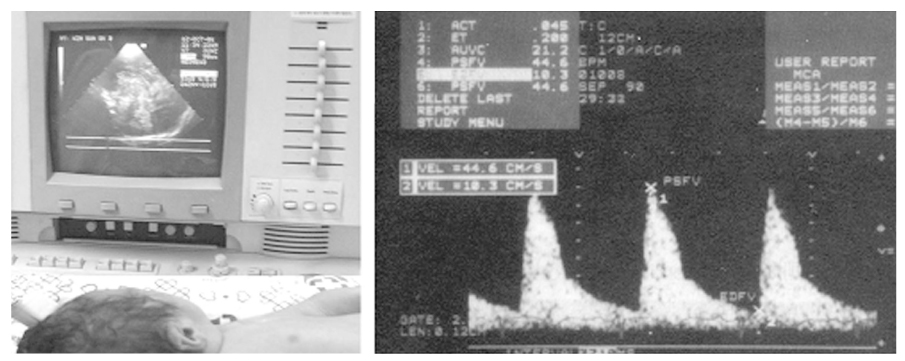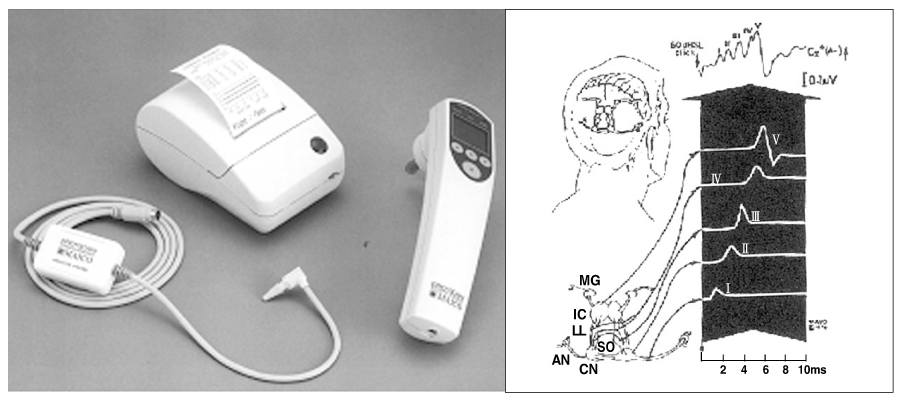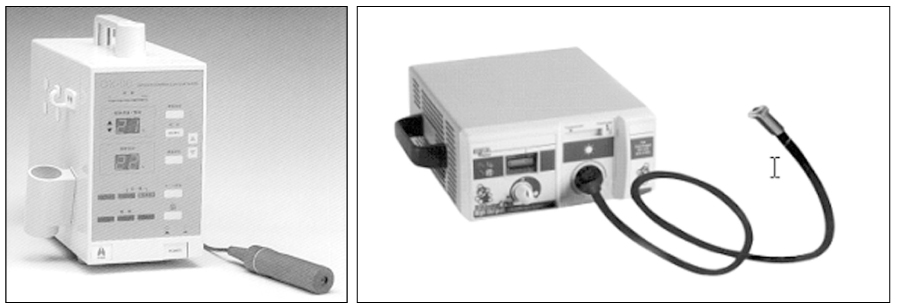J Korean Med Assoc.
2006 Nov;49(11):990-1002. 10.5124/jkma.2006.49.11.990.
Recent Advances in Medical Equipments for Neonatal Care
- Affiliations
-
- 1Department of Pediatrics, Chonnam University College of Medicine, Korea. yychoi@chonnam.ac.kr
- KMID: 2184713
- DOI: http://doi.org/10.5124/jkma.2006.49.11.990
Abstract
- Although the survival and quality of life of high-risk babies including very tiny babies such as those with 500g of birth weight have improved since the 1970s due to the progress of medical technology, it is true that the medical personnel seem to be dependent more on the mechanics than on the visual inspection of patients. In Korea, the infant mortality rate has reached almost the same level to those in advanced countries such as Japan, Sweden, and the United States. In the past, medical equipments used to be very big in size and difficult to manage with complicated manuals. However, the equipments nowadays are smaller, more functional and safe, and simpler to manage. Since many kinds of medical equipments are used in the treatment and diagnosis of high-risk neonates in neonatal intensive care units (NICU), it is important to be able to use them safely and effectively. Medical personnel should understand the characteristics of the equipments and how to use them well, and also should consider their safety and cost-effectiveness.
Keyword
MeSH Terms
Figure
Reference
-
1. Morch ET. Kirby RR, Smith RA, editors. History of mechanical ventilation. Mechanical ventilation. 1985. New York: Churchill Livingstone;1–58.2. Goldsmith JP, Karotkin EH. Goldsmith JP, Karotkin EH, editors. Assisted ventilation of the neonate. 2003. 4th ed. Philadelphia: WB Saunders;1–14.3. Wiswell TE, Srinivasan PS. Goldsmith JP, Karotkin EH, editors. Continuous positive airway pressure. Assisted ventilation of the neonate. 2003. 4th ed. Philadelphia: WB Saunders;127–148.
Article4. Spitzer AR, Greenspan JS, Fox WW. Goldsmith JP, Karotkin EH, editors. Positive-pressure ventilation: pressure-limited and time-cycled ventilation. Assisted ventilation of the neonate. 2003. 4th ed. Philadelphia: WB Saunders;149–170.5. Mammel MC. Goldsmith JP, Karotkin EH, editors. High-frequency ventilation. Assisted ventilation of the neonate. 2003. 4th ed. Philadelphia: WB Saunders;183–202.
Article6. Donn SM, Becker MA. Goldsmith JP, Karotkin EH, editors. Special ventilatory techniques and modalities I: Patient-triggered ventilation. Assisted ventilation of the neonate. 2003. 4th ed. Philadelphia: WB Saunders;203–218.7. Kinsellar J, Abman SH. Goldsmith JP, Karotkin EH, editors. Special ventilatory techniques and modalities III: Inhaled nitric oxide therapy. Assisted ventilation of the neonate. 2003. 4th ed. Philadelphia: WB Saunders;235–248.8. Yun CK. Assisted ventilator therapy in newborn. 1998. 1st ed. Gwangmoon Express.9. Nakamura H. Care of premature and newborn. Kobe University Medical School. 1995. 3rd ed. Nihon Shoni Isi Express.10. Choi BM. Recent advances of medical apparatus in fields of neonatal care. J Korean Pediatr Soc. 2002. 45:Suppl 1. 84–92.11. Pi SY, Namgung R, Bae JW, et al. Neonatal intensive care manual. Korean Neonatology Society. 2003. 1st ed. Gwangmoon Express.12. Eichenwald EC. Cloherty JP, Eichenwald EC, editors. Mechanical Ventilation. Manual of neonatal care. 2003. 5th ed. Philadelphia: Lippincott Williams & Wilkins;348–364.13. Davis L, Mohay H, Edwards H. Mothers' involvement in caring for their premature infants: an historical overview. J Adv Nurs. 2003. 42:578–586.
Article14. Cremer RJ, Perryman Richards DH. Influence of light on the hyperbilirubinemia of infants. Lancet. 1958. 1:1094–1097.15. Martin CR, Cloherty JP. Cloherty JP, Eichenwald EC, editors. Neonatal hyperbilirubinema. Manual of neonatal care. 2003. 5th ed. Philadelphia: Lippincott Williams & Wilkins;185–221.16. Durand DJ, Phillips BL, Boloker J. Goldsmith JP, Karotkin EH, editors. Blood gases: Technical aspects and interpretation. Assisted ventilation of the neonate. 2003. 4th ed. Philadelphia: WB Saunders;279–292.17. Bhutani VK, Sivieri EM. Goldsmith JP, Karotkin EH, editors. Pulmonary function and graphics. Assisted ventilation of the neonate. 2003. 4th ed. Philadelphia: WB Saunders;293–310.
Article
- Full Text Links
- Actions
-
Cited
- CITED
-
- Close
- Share
- Similar articles
-
- Current Status and a Prospect of Neonatal Intensive Care Units in Korea
- Neonatal family-centered care: evidence and practice models
- New Medical Drugs for Care of Premature Infants
- Development of an Online System to Access the Availability of Beds and Equipments in the Referral Centers for the Transport of Newborn Patients
- Seeking a Better System for the Better Neonatal Care in Korea

